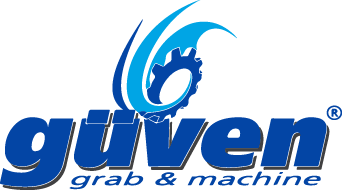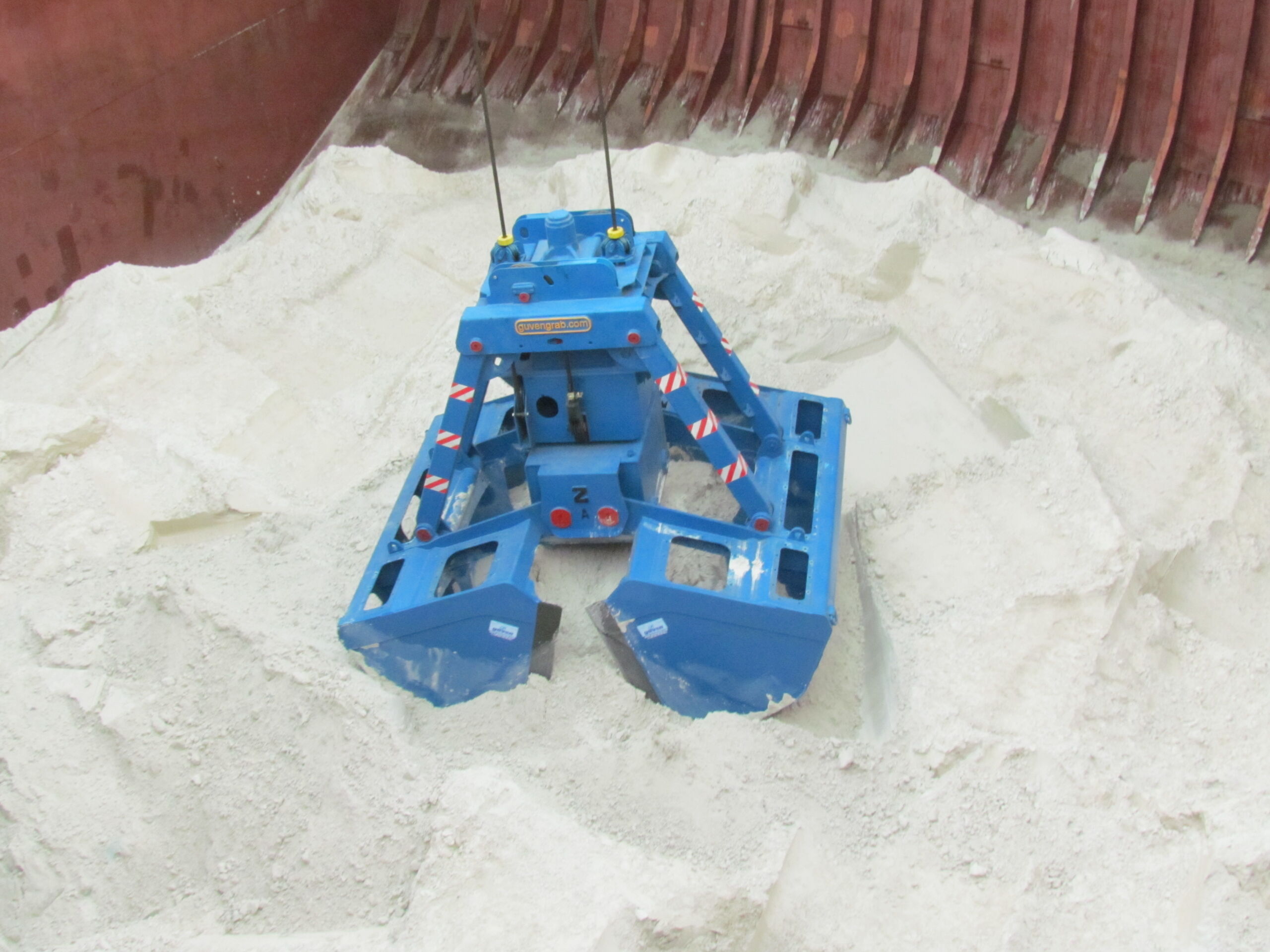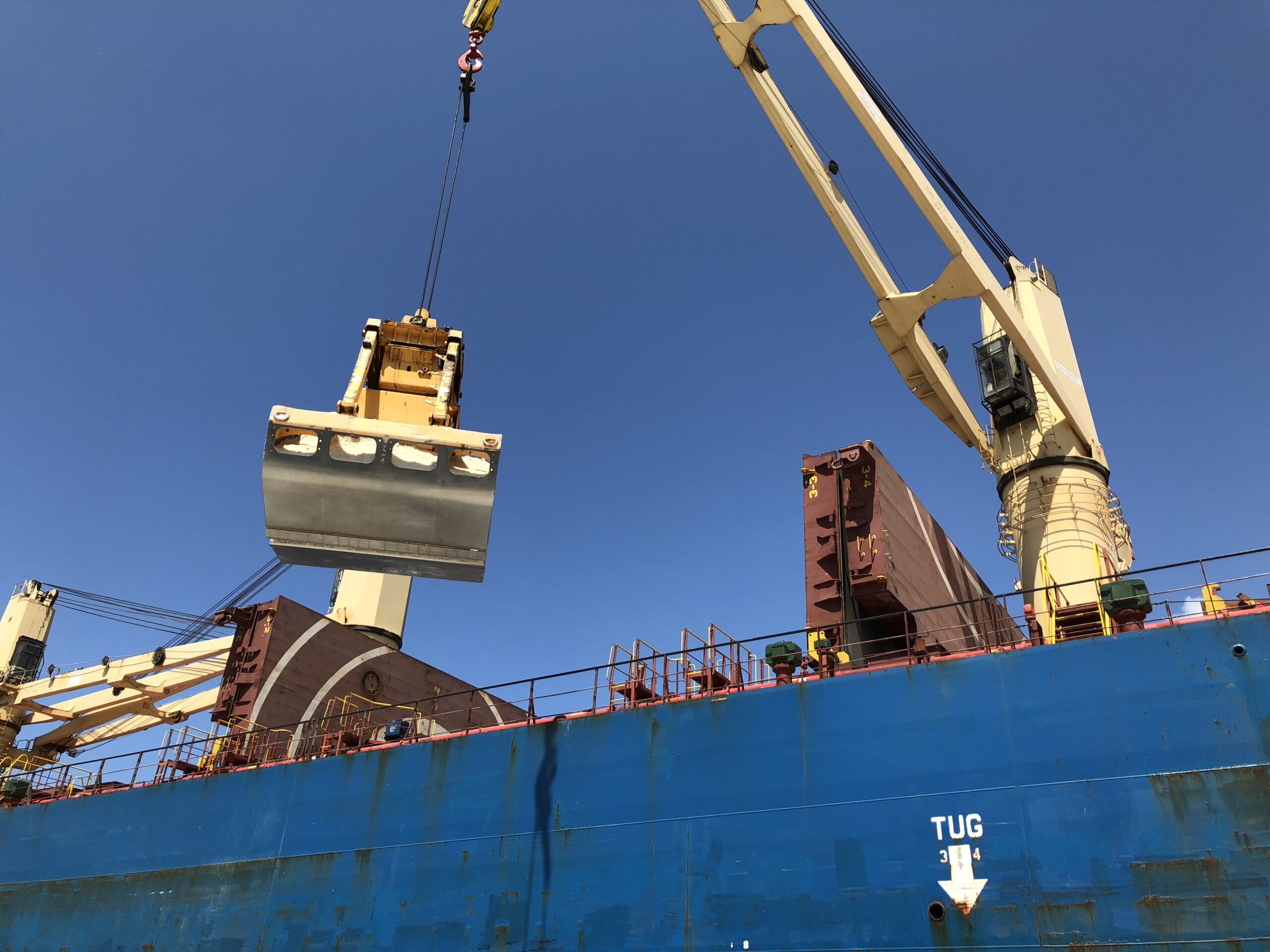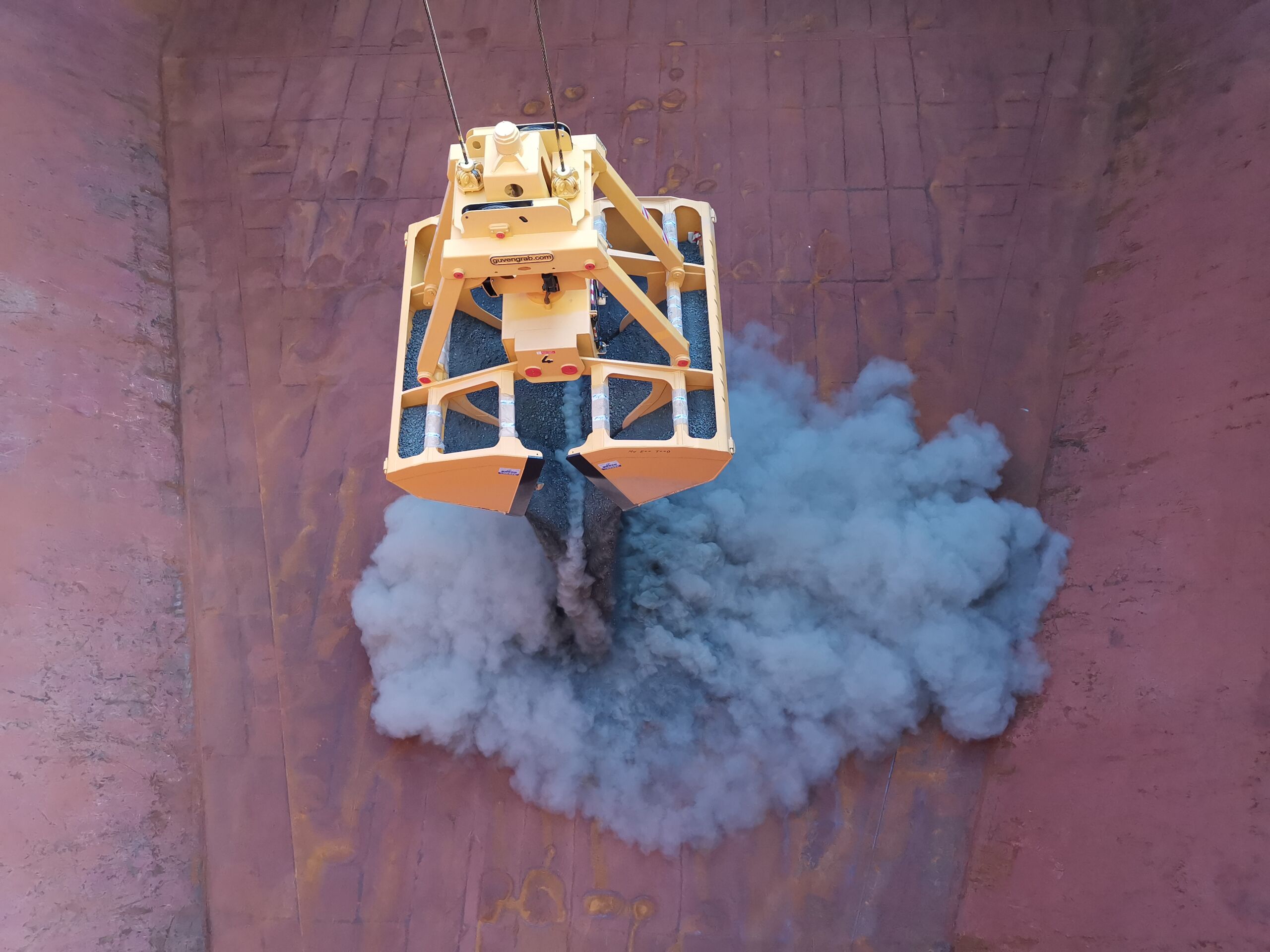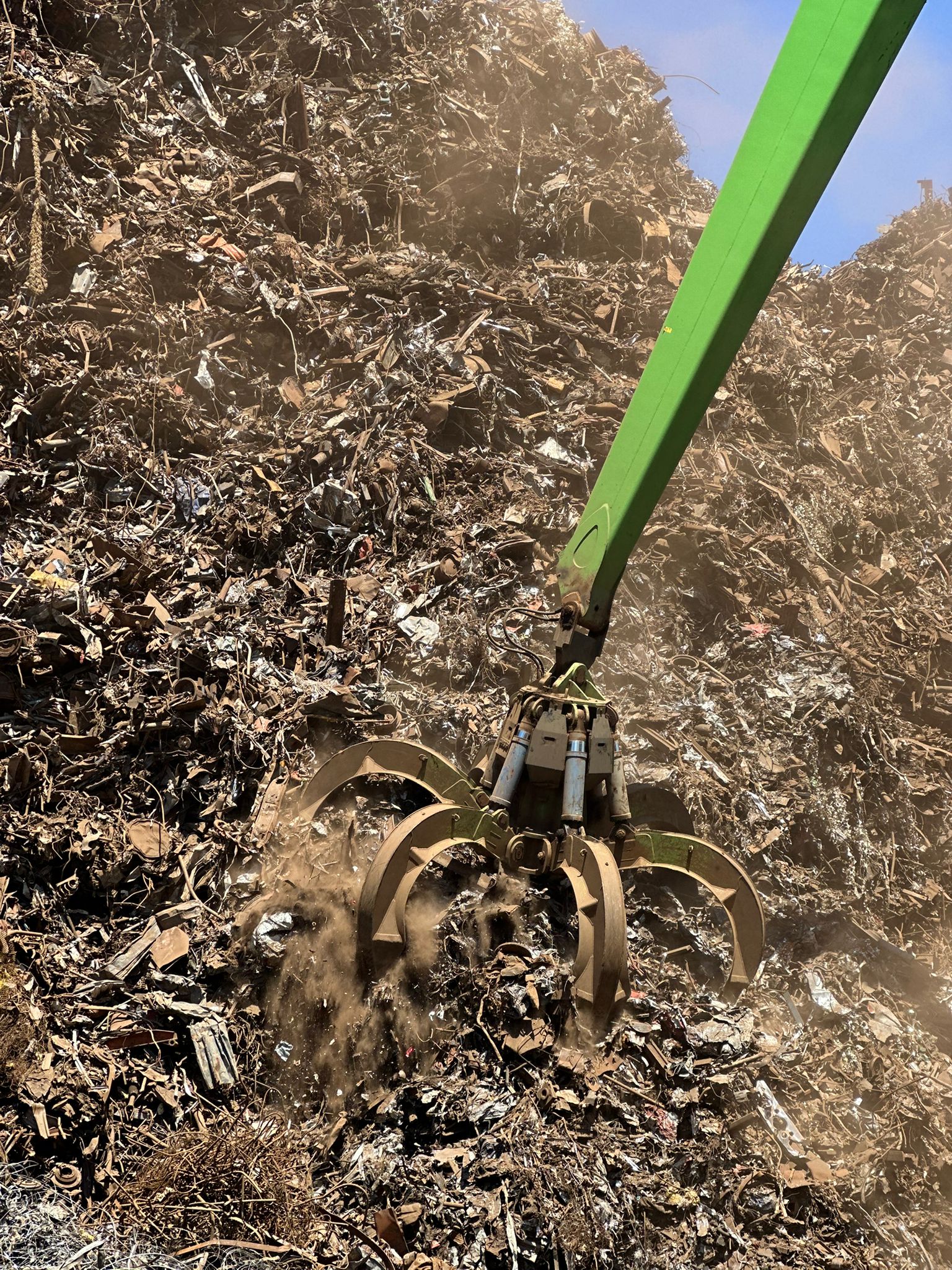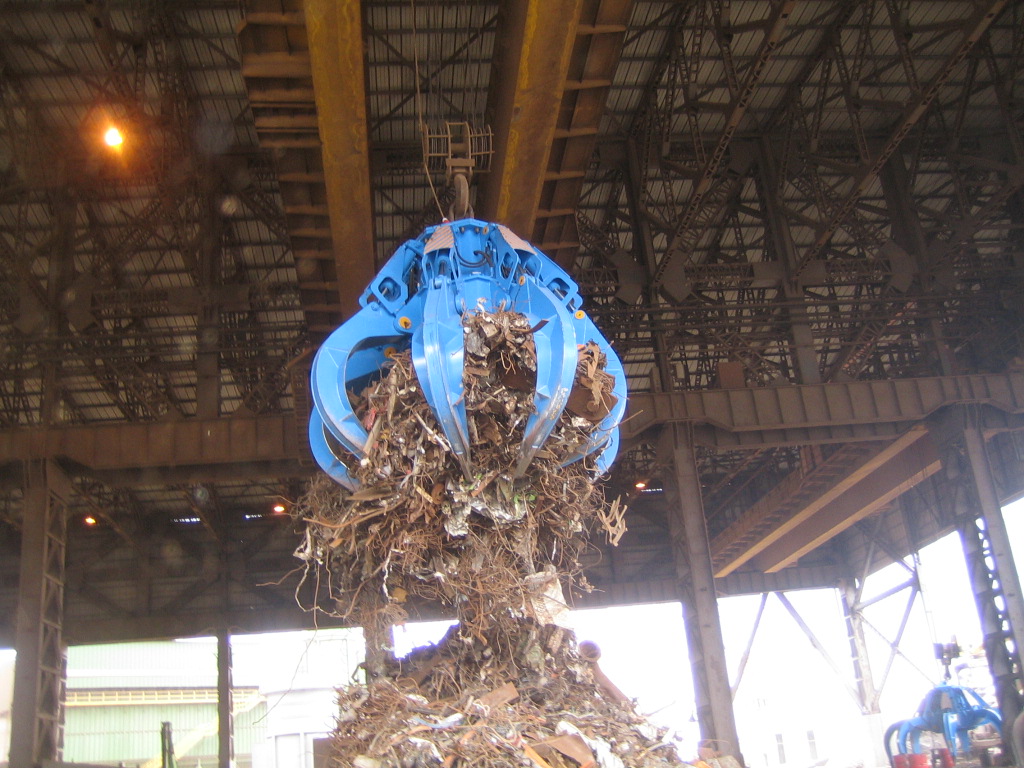Bulk Cargo Handling Common Mistakes And How To Avoid Them
In bulk cargo operations, efficiency and precision determine not only profit margins but also the long-term reliability of vessels and handling equipment. Yet, across ports and terminals worldwide, even experienced operators encounter recurring issues, from mismatched grabs and improper loading to skipped maintenance routines. Each of these mistakes, though seemingly minor in the moment, can accumulate into costly downtime, cargo loss, or even equipment failure.
The good news is that most of these challenges are entirely preventable with the right approach. By aligning equipment specifications with vessel type, maintaining consistent inspection routines, and training crews to anticipate operational risks, companies can transform cargo handling from a reactive process into a controlled, predictable system. In this article, we’ll examine the most common mistakes in bulk cargo handling and explain how to avoid them, with insights drawn from Güven Grab’s decades of global experience in shipboard and crane-mounted grab systems.
Mismatched Equipment And Vessel Type
When bulk cargo handling systems underperform, the root cause often lies not in operator error, but in a fundamental mismatch between the grab type and the vessel or crane it serves. The relationship between grab design, crane lifting capacity, and vessel configuration determines not only loading efficiency but also structural safety. Choosing the wrong combination can lead to slow cycle times, unstable grabs, and excessive strain on the crane boom or winch system.
A grab that is too heavy for the vessel’s crane reduces payload efficiency and risks overloading the hoist mechanism. Conversely, a grab that is too light or undersized for the cargo type fails to fill effectively, increasing cycle counts and fuel costs. The right grab should complement the vessel’s operating environment, whether it’s a deck-mounted crane on a bulk carrier, a floating barge crane, or a dockside installation.
Understanding Vessel-Specific Requirements
Each vessel category has its own loading dynamics. Bulk carriers, for instance, depend on deck-mounted cranes where space, lifting radius, and swing motion play critical roles. In contrast, floating barges or self-discharging vessels have more operational flexibility but require grabs optimized for stability and quick closing response.
Güven Grab engineers design each grab model, from radio remote control types to hydraulic and mechanical versions to match these vessel-specific conditions. For example, a 12 m³ radio remote grab may be ideal for a 50,000 DWT bulker equipped with a 36-ton deck crane, while a 10 m³ electro-hydraulic grab better suits port-based fixed cranes with steady power access. Matching these parameters ensures seamless integration and maximum discharge efficiency without overstressing onboard systems.
Case Example Of Equipment Misfit
Consider a mid-size bulk vessel operating with a 30-ton ship crane paired with an electro-hydraulic grab originally designed for shore-based use. Because the grab requires constant power supply through a cable drum, operators often face maneuverability issues, limited reach, and time loss during repositioning. Switching to a radio remote grab -with no cables, generators, or pump systems- immediately eliminates those limitations, resulting in smoother operations and significantly higher handling speed.
This example illustrates a broader truth in cargo logistics: efficiency begins not with how fast the crane moves, but with how precisely the equipment fits the vessel. When properly matched a grab operates as an extension of the crane, responsive, stable, and built for long-term endurance.
Improper Load Distribution And Weight Miscalculations
In bulk cargo handling, even a perfectly engineered grab can perform poorly when loading practices ignore weight balance and distribution principles. Every load lifted by a crane applies complex forces to the grab, cables, and boom, and even small miscalculations can multiply into major structural stress or uneven wear. Improper loading doesn’t just slow down operations; it shortens the lifespan of both crane and grab equipment.
Operators often underestimate how different materials behave. Iron ore, for example, is dense and heavy, while materials like grain or urea are lighter and more fluid. Using the same filling technique for both results in inconsistent bucket loads, unstable hoisting, and excess pendulum movement. Efficient cargo handling therefore requires more than raw lifting capacity, it demands a precise understanding of material weight, flow characteristics, and how they interact with grab geometry.
The Physics Behind Load Balance
A grab’s center of gravity determines how evenly the load is distributed when hoisted. If the cargo settles unevenly inside the shells, one side of the grab absorbs more strain, increasing the chance of twisting or asymmetric closure. Over time, this imbalance can deform bucket arms, wear out hinge pins, or lead to cylinder leakage in hydraulic grabs.
Modern grab designs, such as those by Güven Grab, address these issues through reinforced arms, optimized shell curvature, and controlled closing pressure that automatically centers the load. By maintaining a uniform balance, the grab reduces lateral swing and stress on the crane’s structure, resulting in smoother, safer operations.
Operational Best Practices For Even Loading
The simplest way to prevent weight miscalculations is to implement structured loading cycles and consistent weighing checks. Operators should monitor grab filling levels visually and, when possible, use load sensors integrated into the crane’s monitoring system. Starting each operation with a test lift helps identify imbalances before the full loading phase begins.
Güven Grab’s clamshell models are designed to close evenly regardless of cargo type, while their orange-peel versions handle irregular materials like scrap metal or mixed minerals with minimal spillage. For operators handling diverse cargo, selecting a grab model that allows smooth control over opening and closing force and calibrating it according to the material density ensures both safety and efficiency in every lift.
Neglecting Grab Maintenance Between Voyages
Even the most durable grab can become a source of costly downtime if routine maintenance is overlooked. Between consecutive voyages, grabs often experience gradual wear in pins, bushings, seals, and hydraulic systems due to continuous exposure to abrasive materials, saltwater, and repetitive load cycles. When maintenance is skipped or delayed, these small degradations accumulate; resulting in reduced opening efficiency, fluid leaks, or even complete mechanical failure during operations.
Neglecting inspection routines doesn’t just threaten equipment; it also disrupts loading schedules and compromises port efficiency. A grab that malfunctions mid-operation may require emergency repairs on deck, delaying vessel turnaround and increasing demurrage costs. In contrast, companies that maintain a structured inspection plan between voyages significantly extend grab lifespan and ensure predictable performance under heavy-duty conditions.
Critical Checkpoints Before Each Operation
Before every loading or discharge cycle, operators should perform a standardized visual and functional check. This includes verifying hydraulic cylinder seals, hinge pins, and the locking mechanism of the shells. On electro-hydraulic and remote-control grabs, the focus should also include battery condition, transmitter response, and solenoid valve performance.
Güven Grab provides service guides detailing these checkpoints to make inspections simple yet thorough. The company’s engineering philosophy emphasizes modular construction, meaning individual parts such as cylinder assemblies or hose lines can be replaced quickly without dismantling the entire grab. This approach minimizes downtime and ensures the grab is always voyage-ready.
Benefits Of Preventive Servicing
| Maintenance Type | Typical Cost Impact | Operational Downtime | Component Lifespan | Overall Reliability |
|---|---|---|---|---|
| Preventive (Routine Checks, Lubrication, Seal Replacement) | Low and Predictable | Minimal | Extended | High |
| Reactive (Failure-Based Repair, Emergency Replacement) | High and Unplanned | Significant | Reduced | Unstable |
Operators who follow preventive maintenance schedules can reduce total grab repair costs by up to 40% annually. Güven Grab’s design supports this philosophy, every grab is built for quick inspection access, corrosion resistance, and standardized parts availability. This ensures that vessels remain operational and compliant without waiting for spare parts or specialized technicians.
Ignoring Environmental Factors Like Wind And Moisture
Environmental conditions are among the most underestimated variables in bulk cargo handling. While machinery and crew performance are carefully planned, wind, humidity, and rainfall often receive less attention yet they can significantly affect both safety and efficiency. Excessive wind can destabilize suspended loads, while moisture alters the density and flow characteristics of bulk materials such as cement, grain, or coal.
Impact Of Weather On Material Behavior
Moisture directly affects how materials behave inside the grab. Wet coal or grain tends to stick to shell surfaces, leading to incomplete discharges and reduced volume per cycle. Similarly, wind gusts during unloading can cause fine materials like fertilizer or sand to scatter, reducing net transfer rates and contaminating surrounding areas.
Professional operators adjust their grab cycles based on real-time environmental readings. They may increase closing pressure slightly for heavier, moisture-rich materials or reduce lifting height during high wind periods to maintain control.
Design Adaptations For Harsh Conditions
Güven Grab’s deck-mounted and crane-mounted grab models integrate high-grade anti-corrosive coatings, weather-sealed hydraulic joints, and a shock-free opening system that prevents sudden material release. Stainless-steel fittings, Hardox steel reinforcements, and sealed electronics ensure reliable performance in humid or saline environments.
By engineering for real-world port conditions, Güven Grab enables operators to maintain consistent productivity, regardless of climate or cargo.
How Crew Training Can Prevent The Most Costly Errors
Even the most advanced equipment cannot compensate for a poorly trained crew. Human error remains one of the leading causes of grab-related inefficiencies and mechanical damage in bulk cargo operations. Incorrect grab positioning, premature opening, or uneven hoisting can cause spillage, deform structural components, or even endanger nearby personnel.
Operational Awareness And Safety Discipline
Common mistakes such as lifting before shells are fully closed or overfilling beyond capacity impose repeated stress on hydraulic systems and hinge components. Training that emphasizes coordination between deck crew and crane operators minimizes these risks. Güven Grab supports its partners with operational guidance materials outlining safe and efficient handling methods.
Standardized Training Programs In Modern Ports
Ports increasingly adopt standardized training programs combining load physics, safety procedures, and hands-on crane operation. Güven Grab’s intuitive control systems and predictable motion characteristics make operator adaptation seamless, allowing faster onboarding and safer, more precise performance.
The Role Of Smart Grabs In Reducing Human Error
Automation is transforming bulk cargo handling by minimizing reliance on manual control and improving repeatability. Güven Grab’s Radio Remote Control models operate cable-free, eliminating external power units and simplifying operation while maintaining precision and safety.
Data-Driven Maintenance Insights
Integrated sensors and wireless monitoring capture pressure, cycle time, and closure speed data, enabling predictive maintenance and better planning. These insights transform maintenance from reactive repair to continuous improvement.
Case Study Snapshot
At a port handling fertilizer and grain, replacing mechanical grabs with Güven Grab’s radio remote models cut cycle times by 18% and reduced maintenance incidents by 40% in one year. Operators cited smoother control, less spillage, and higher stability during wind exposure.
Conclusion
In bulk cargo handling, the smallest operational habits often determine the largest outcomes. From selecting the right grab to maintaining balance, every decision influences safety, efficiency, and long-term performance.
Güven Grab’s portfolio of deck-mounted, crane-mounted, and shipboard grab systems embodies this principle offering durable, low-maintenance, performance-optimized solutions tailored for every vessel and material type. With more than 10,000 grabs in operation worldwide, Güven Grab continues to help shipowners, ports, and stevedores build safer, smarter, and more efficient cargo-handling systems.
Table of Contents

